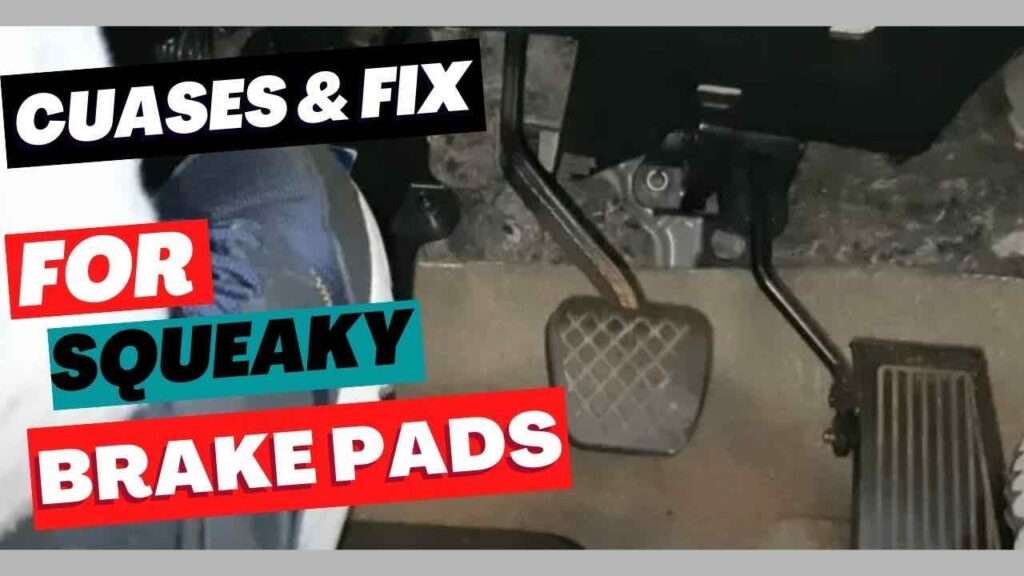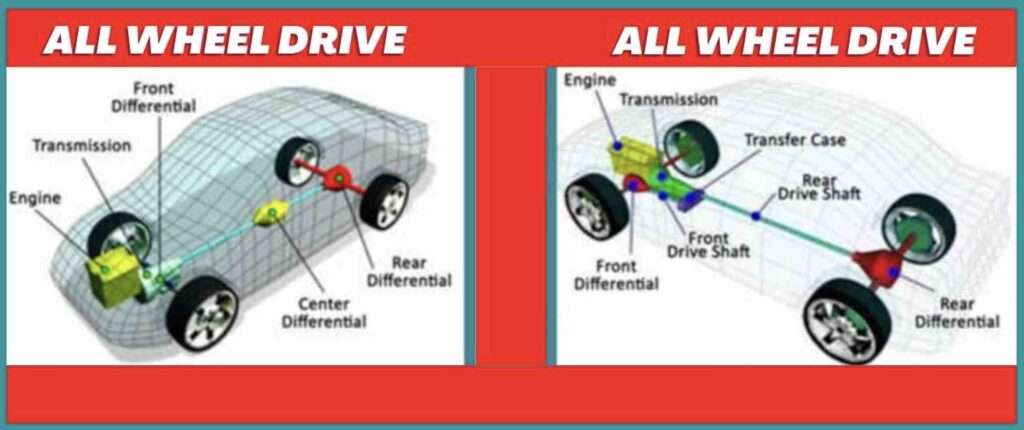Last updated on January 25th, 2023 at 06:00 pm
If you wean to know how to replace camshaft position sensor yourself or what to do after replacing crankshaft sensor, then this is the post for you. Replacing a crankshaft sensor is an important maintenance task for a vehicle. This small but vital component helps to ensure that the engine runs smoothly and efficiently, so it’s important to know what steps should be taken after replacing it.
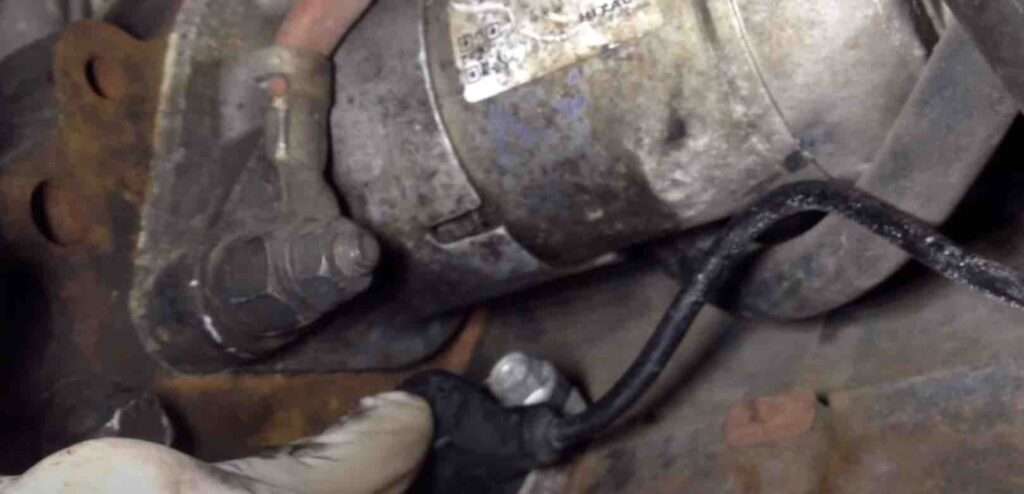
A crankshaft sensor works by using magnets on either side of a metal plate mounted inside the crankcase near where the pistons connect through rods attached to their respective connecting rods (crankpins).
When these magnets pass over one another, they create an electric signal that is sent back up through wires connected from within your car’s wiring harness back up towards your ECU (Engine Control Unit).
what to do after replacing crankshaft sensor
- After replacing this important component, there are several steps you should take to ensure that everything is working properly and that no further damage has been done.
- After replacing a crankshaft sensor, the first step is to check all related components for any signs of wear or damage. This includes inspecting the wiring harnesses and connectors and looking over the various sensors themselves for any signs of corrosion or other issues.
- Next, ensure that all related components are in good condition; you should then start up your engine and let it idle for at least five minutes while monitoring its performance closely during this period.
- During this process, make sure you’re paying attention to how quickly the engine accelerates from idle speed when given gas, as well as checking whether or not any strange noises are coming from the underhood area, which could indicate an issue with something else related to the replacement job itself, such as improper installation, etc.
Check to make sure that all bolts have been tightened correctly as well. Once satisfied with these results, then proceed to take the car out on a road test, making sure to pay special attention to acceleration again along noise levels while driving around town, etc.
How long does it take to replace the crankshaft sensor?
The amount of time it takes to replace a crankshaft sensor will depend on several factors, including the type of vehicle, how accessible the sensors are, and any other repairs that may need to be done before replacing the crankshaft sensors.
Generally speaking, replacing a crankshaft position sensor typically takes between one hour and two hours, depending on how complex your particular vehicle’s setup happens to be.
Can I just replace a crankshaft position sensor myself?
It depends on whether the individual has the basic mechanical knowledge and the right tools, but it is not necessarily recommended. This type of repair requires special attention for the vehicle to operate properly after installation.
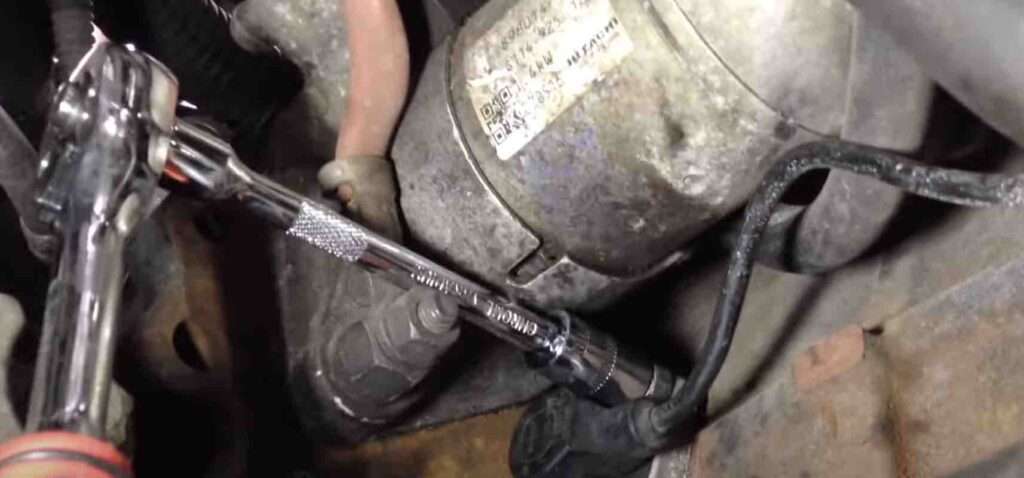
How to replace the camshaft position sensor yourself
So below are steps to take on how to replace the camshaft position sensor, especially when you like to do it yourself.
To do this:
- First, you need to locate where your vehicle’s camshaft position sensor is located. This will vary depending on the make and model of the car, but typically it’s near the top of the engine block or cylinder head assembly.
- Once located, disconnect any wiring connected to it before removing the old part with a socket wrench or other appropriate tool for the removal job at hand.
- The second step involves installing the new part by positioning it correctly so that all connectors line up properly with their respective ports before securely tightening bolts using a torque wrench if necessary for proper fitment.
- Make sure wire harnesses are also reconnected after installing new components and double-check everything one last time before moving on to the next step.
- Testing out the newly installed piece by starting the engine up again while monitoring any potential issues, such as rough idling, could indicate an improper installation process.
Does a crankshaft sensor have to be programmed?
The answer hinges on what type of car you are driving. In some cases, such as with newer models with computer-controlled engines, programming may be necessary for the system to work correctly.
However, in older cars with mechanical systems, no programming should be required since these sensors are usually just wired directly into place and do not require any additional setup or configuration before they can start working properly.
Programming a crankshaft sensor involves setting up parameters such as maximum RPM levels, minimum RPM levels, acceleration rates, and deceleration rates for different operating conditions, like idle or full-throttle operation.
This information allows the computer in your vehicle’s ECU (Engine Control Unit) to make decisions about how much fuel should be injected into each cylinder at any given time based on the parameters set by you during programming.
In addition, this data can also help diagnose issues with other components in your vehicle, like spark plugs or oxygen sensors, that may only show up with proper calibration from programming the crankshaft sensor first.
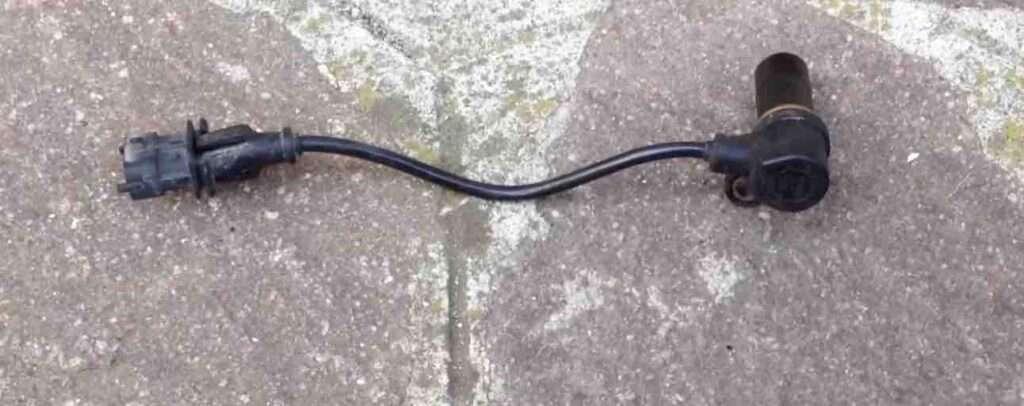
.
Conclusion
If you have the right tools and knowledge, you can replace a crankshaft sensor and save money compared to having a professional do this job at an auto shop. On the other hand, after doing this, it’s necessary to perform an inspection on the entire electrical system, making sure every connection is secure.
Also, go test drive your car. This will provide insight into whether the replacement was successful!
Ensuring that all installation steps were done correctly, followed by routine maintenance checks, will help ensure this durability.
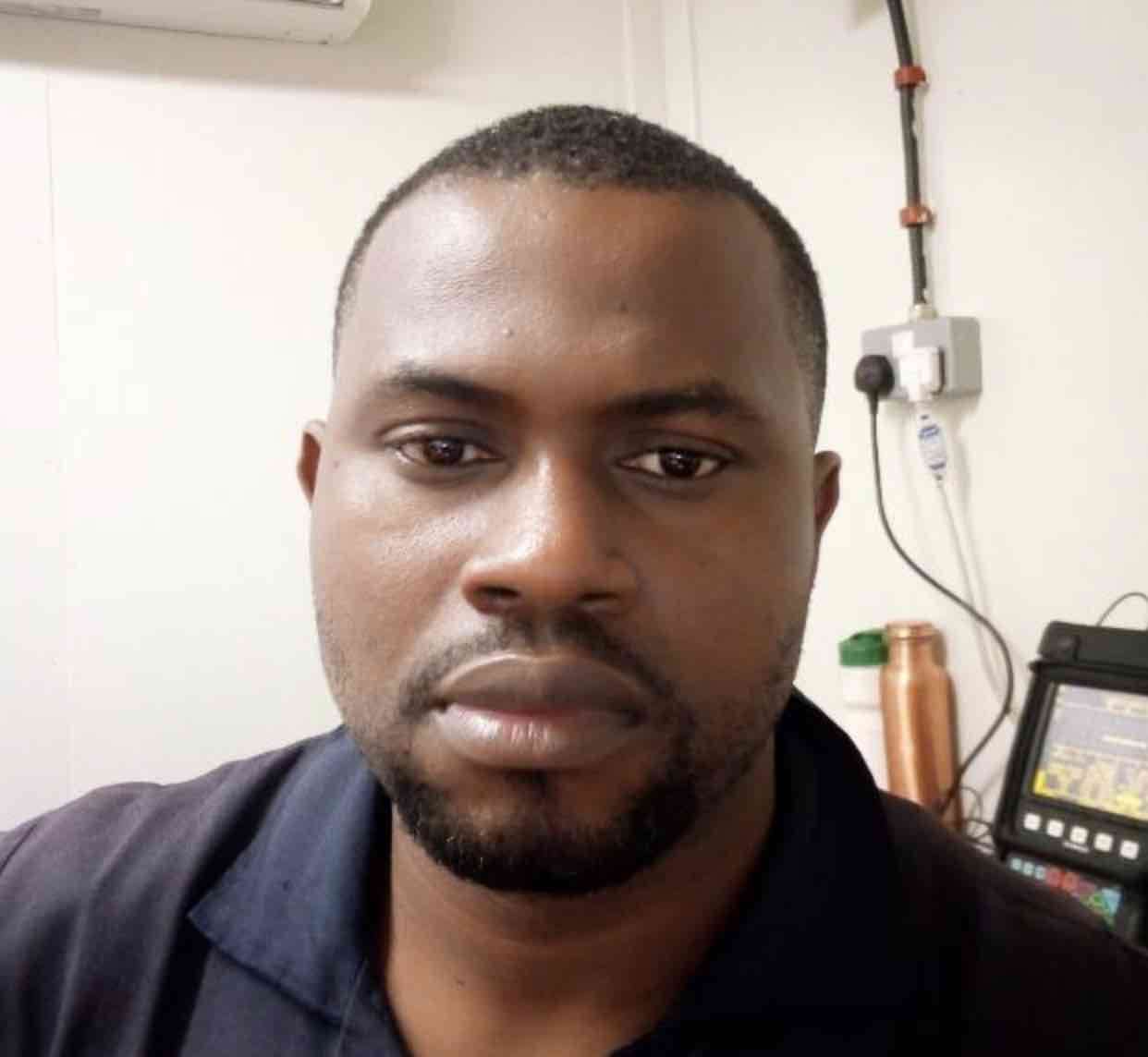
Uchenna is a Radiographer and Auto parts mechanic who recently got his automotive diploma as an auto repair technician, and since then, has worked on fixing various car problems.
Working as just a radiographer, Uchenna didn’t just get all the fulfillment he desired, because he truly loved doing things tilted toward cars. As a kid, he would take apart his toy cars to see how they worked and would spend hours tinkering with his bike.
So, in 2017 he made the tough decision to become an auto mechanic. He threw himself into his studies and now loves every aspect of what he does.
He gets to work with his hands, solving problems and bringing cars back to life, and sharing his knowledge and easy quick-fix guide online are all part of what makes him feel fulfilled.

